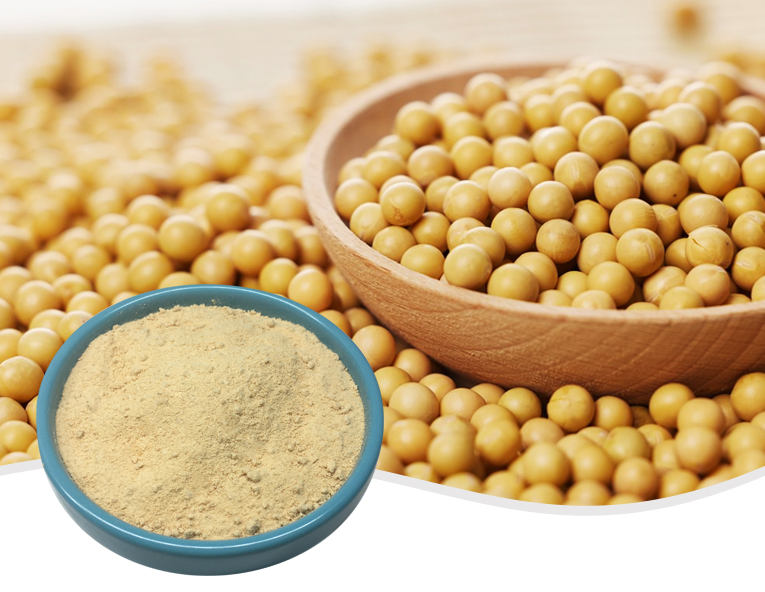The main storage method for phosphatidyl serine factories
Time:2023-08-03Phosphatidyl serine factories use various storage methods to preserve the quality and stability of the product.
Phosphatidyl serine should be stored in a dry and cool environment to prevent moisture absorption and reduce the risk of degradation.High humidity can lead to the formation of clumps or affect the quality of the product.
Keeping phosphatidyl serine at a controlled temperature, usually between 15°C to 25°C (59°F to 77°F), helps maintain its stability.Extreme temperatures, whether too hot or too cold, can negatively impact the product.
Phosphatidyl serine is sensitive to oxygen, which can cause oxidation and lead to rancidity.It is stored in airtight containers or packaging to minimize exposure to air.
Light exposure can accelerate the degradation of phosphatidyl serine.Therefore, it is essential to store the product in dark or opaque containers and avoid direct sunlight.
Regular quality testing is conducted to monitor the stability and potency of phosphatidyl serine during storage.This ensures that the product meets the required specifications throughout its shelf life.
Factories often separate different production batches to facilitate traceability and minimize the impact of any potential quality issues.
Effective inventory management is essential to prevent stockouts or excess inventory.Proper tracking of stock levels and timely rotation of inventory helps maintain the freshness of the product.
Factories follow safety guidelines and procedures to store phosphatidyl serine and handle any hazardous materials properly.
Phosphatidyl serine factories adhere to relevant regulations and guidelines for storage and handling of the product, ensuring compliance with industry standards.
Some factories may have backup power and monitoring systems in place to ensure a stable environment in case of power outages or unexpected disruptions.
By employing these storage methods, phosphatidyl serine factories can extend the shelf life and preserve the quality of the product, ensuring that it meets customer expectations and regulatory requirements.



 CN
CN





